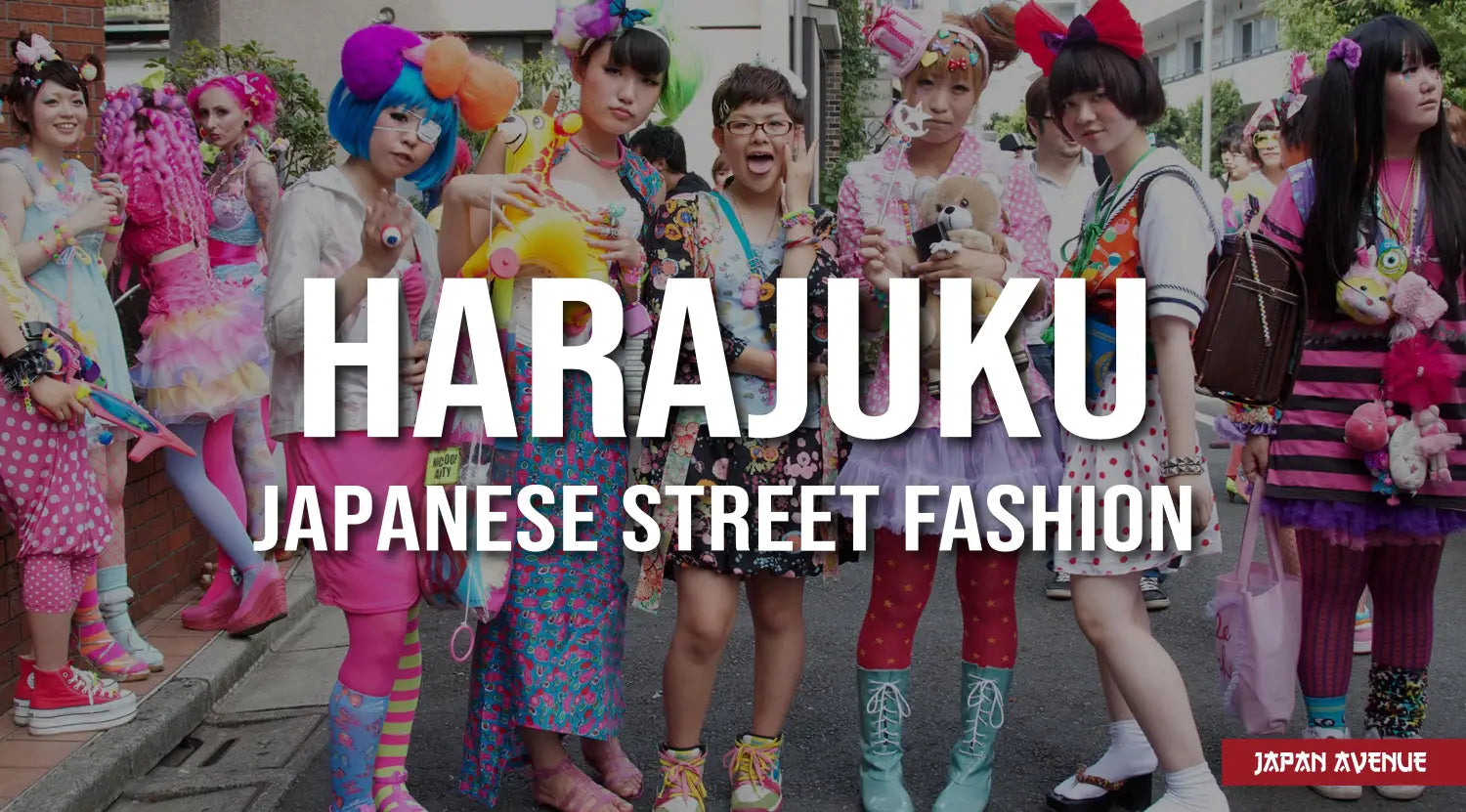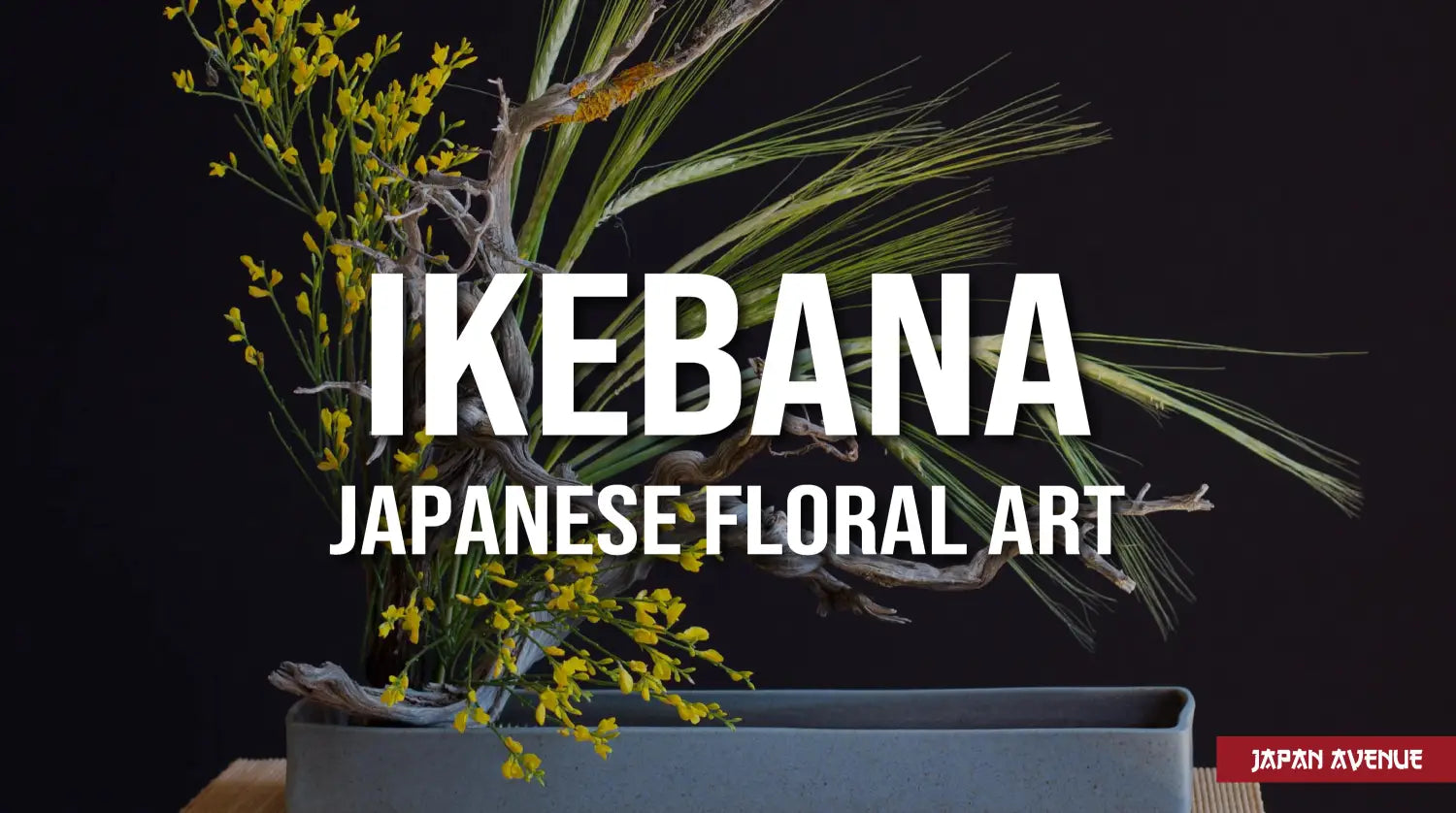Often associated with the Yakuza, tattoos in Japan are not as well accepted as in the West. While Europeans and Americans show off their tatoos with pride 💪, the Japanese prefer to hide them. However, this ancestral Japanese art is particularly rooted in the history of the Land of the Rising Sun.
The tattoo appeared in prehistoric times and was associated with rituals among the first Japanese civilizations. It was then used as a symbol of social belonging, spiritual protection or as an ornament. Later on, it was also used to identify criminals before becoming the trademark of the yakuza 💣. Although this art is a sensitive subject on the archipelago, Japanese tattoo artists are particularly renowned for their talent all over the world. From the first people in modern times through the Edo era, discover how tattooing has permanently marked the history of Japan.
The origins of tattooing in Japan
The practice of tattooing dates back to prehistoric times, as can be seen in clay statuettes adorned with tribal symbols that were found in tombs from the Jomon period.
The Ainu, an aboriginal tribe of hunters, fishermen and gatherers, used to tattoo themselves as a spiritual protection, but also to show their social rank or to beautify themselves. Thus, women had symbols engraved on their arms and around their lips from puberty until marriage, according to traditional rites.

Ainu tribe and traditional tattoos.
As for men, they used to be tattooed on their face and body to show their membership to a clan or to a type of profession.
In some islands of southern Japan, women showed that they were married by tattooing their hands, for both religious and social purposes.
A disliked ancestral art
The stories about the Ainu, told by the Chinese chroniclers, report a negative perception of tattooing. These rites of passage are misunderstood and considered as a barbaric practice. Consequently, the arrival of Buddhism and the Chinese influence in Japan affect the image of this traditional art that has become taboo 🤐. Thus, prisoners are marked with symbols on their arms or foreheads as a punishment until 1870. At the same time, Japanese people turn away from tattooing to devote themselves to the fashion of clothing and perfume.
The rise of tattooing in the Edo era
During the Edo era, tattooing experienced a strong development and a certain codification appeared. Thus, we distinguish the tattoo of honor which flatters the heroes from the tattoo of prisoner intended for the bandits. However, the Japanese tattoo continues to suffer from a bad reputation. The number of criminals is strongly increasing in the big cities. These criminals are hiding their indelible prisoner marks with new and more extensive designs. Likewise, prostitutes and low-ranking geishas have their bodies tattooed for aesthetic purposes, which further increases the negative connotation of the Japanese art of tattooing.

Tattooed Japanese warriors in the 1870s (colorized photographs).
Ironically, a new trend is emerging where tattooing is considered both decorative and symbolic. The illustrated novel of Shui hu zhuan (Water Margin), where the heroes are fully tattooed warriors, is a true success in Japan. It should be noted that street knights known for their tattoos and bravery were also greatly admired in the Edo period. Their bodies covered with elegant patterns became a model of virility and courage, inspiring Japanese art and literature.
In addition, the Ukyo-e artists and Kabuki theater strongly participate to the effervescence of tattooing in the archipelago. Thus, dragon, tiger, koi carp, snake and other creatures of Japanese mythology were depicted on many tattoos. The popularity of Ukyo-e combined with the improved engraving techniques gave a new boost to traditional Japanese tattooing.
This is particularly noticeable in a number of professions, including firefighters, couriers and the building industry. Besides, did you know that some Japanese workers were used to work without clothes? 😳
This was the case of the tobis; construction workers who work on high places, very much appreciated by the inhabitants of Japan. These workers often had imposing dragons tattooed on their bodies to protect them from danger. From the popularity of tattooing to the development of designs, a new profession was born: the tattoo artist - or horishi - in Japan.
Tattoos in Japan, a forbidden practice
As Japan opened up to the world, the Meiji government worried about the image of Japan towards the Westerners and decided to ban the practice of tattooing in 1872. It was then that the drawings were camouflaged by clothes and the customs practiced among the Ainu and in some regions were forbidden. Tattoo artists worked in the shadows, near the ports where they secretly received sailors ⚓ while covering themselves with another profession. However, the Japanese tattoo, renowned for its refinement, seduced royal personalities around the world such as Prince George or Tsar Nicholas II.
During the American occupation that followed the Second World War, the practice was legalized again, however, the image of tattooing remained dark, as it was associated with lower classes and yakuzas.
Tattoos among the Yakuza
Although tattooing has gained popularity in the post-war period and during the 70's and 80's, it still remains a common practice within the Japanese mafia as well. A tradition taken from their fathers, the bakutos, who used to mark their arms with circles in order to symbolize each crime committed. A way to impose fear around themselves.

Tattoos among the Yakuza.
In the 19th century, the yakuza took possession of the tattoo as a distinctive sign of organized crime. The inked designs were used as initiation rites to prove the commitment of the members and the belonging to a clan. Yakuza saw this artistic practice as a way to express their courage and values while marginalizing themselves from society.
The tattoos of the yakuza, named Irezumi, covered an important part of the body or even its entirety: back, torso, arms, buttocks and legs.
Meanings of tattoos
The most common yakuza tattoos include:
- 🐲 the dragon or the lion, symbolizing protection from danger
- 🐅 the tiger, expressing strength and longevity
- 🐟 the koi fish, symbolizing luck and perseverance
- 🦅 the phoenix, designating glory and immortality
- 🐍 the snake, evoking power and health
- 🗡 the samurai, representing honor and loyalty
- 🌸 the cherry blossom, evoking the fragility of ephemeral life
- 💀 the skull and crossbones, demons, peony, lotus and other illustrations from Asian legends.
Nowadays, the yakuza prefer discrete tribal or American style designs rather than Japanese ones. Even if tattooing is part of their culture, this practice tends to decrease as they try to integrate into the mass.
The tattoo artist's job and the art of Irezumi
The tattoo artist's apprentice is trained by a master who practices under a patronymic to which he adds the word hori (to engrave). He manipulates the tools, prepares the inks and practices drawing his mentor's designs for many years before being allowed to tattoo clients in his turn. He also observes and learns the different traditional techniques. When he is ready to practice, he officially receives a tattoo artist's name derived from his master's.

Irezumi tattoo realized with a tebori.
Tattooing is a difficult profession to practice in Japan as the regulations are quite unclear. The art of tattooing is devalued on its own land. Moreover, the Japanese authorities regularly try to get rid of it. Since a few years, the interpellations in tattoo shops are multiplying, invoking the 2001 law which stipulates that only doctors have the right to inject ink under the epidermis. That's why many Japanese tattoo artists practice their art in a clandestine way or settle abroad.
Traditional Irezumi technique
Irezumi is the traditional Japanese tattoo style which consists in covering a large part of the body or sometimes even the entire body. The designs end at the wrist and ankle so that they can be easily hidden by clothes, like those of the yakuza.
This type of tattoo is very long to realize and painful. The artist uses a tebori: a tool made of a bamboo stick with needles at its end. These needles are impregnated with black Nara, an ink with blue-green pigments. The tattooist inserts the ink by pricking under the skin point by point, in a repetitive way.
There exist several forms of Irezumi depending on the tattooed area, so one can opt for a full body tattoo or a more localized tattoo such as a "turtle back", a "split bust" or a simple "cuff" that extends over the forearm. These days, with the risks of contamination, the materials have been modernized for sanitary reasons, but the methods remain intact.
If you fancy the idea of acquiring a traditional Irezumi tattoo, be aware that it will cost you an arm 💪 and a leg. A full body tattoo can cost up to 30,000 euros 💰. You will also need a lot of time since some designs take more than 5 years to complete. For those who are in a hurry, you can choose the dermograph technique which is way faster, but less accurate for gradients.
Generally, the tattooist first draws the contours with a machine before filling in with tebori over many sessions. As for the motifs, they remain the same as in the Edo period. They are mostly creatures from Asian mythology, surrounded by natural elements such as water, fire, fauna and flora. The light and shadow effects are particularly pronounced. The practice of Irezumi is extremely codified in terms of formats, colors and used techniques. In addition, the tattoo artist usually signs his work.
The approach to tattooing in today's Japan
Although it is part of its history, Japan does not really have the tattoo in its blood. However, modern visions tend to evolve. As a general rule, small and discreet tattoos are accepted and are even considered rather cool 👍 in the eyes of young Japanese. The preferred designs are tribal forms and Western tattoos.
On the other hand, the stigma of big tattoos are tough. The Irezumi design that covers a large part of the body tends to scare all generations, especially when they are worn by Japanese people. The tattoo is always correlated with the underworld and the yakuza. Some public baths, gyms and onsen still refuse tattooed people. Also, it is important to know that having a tattoo is frowned upon in the work environment. Fortunately, mentalities are changing and the art of inking seems to be more and more accepted in the major cities.

Examples of signs prohibiting tattooed people in some public places.
Although tattooing is not yet fully accepted in Japan, it is considered as a real work of art in the rest of the world. Thus, many Westerners get tattooed in the archipelago. As for the Japanese, hopefully they will become aware of this hidden treasure in order to perpetuate the traditional art of Irezumi.



